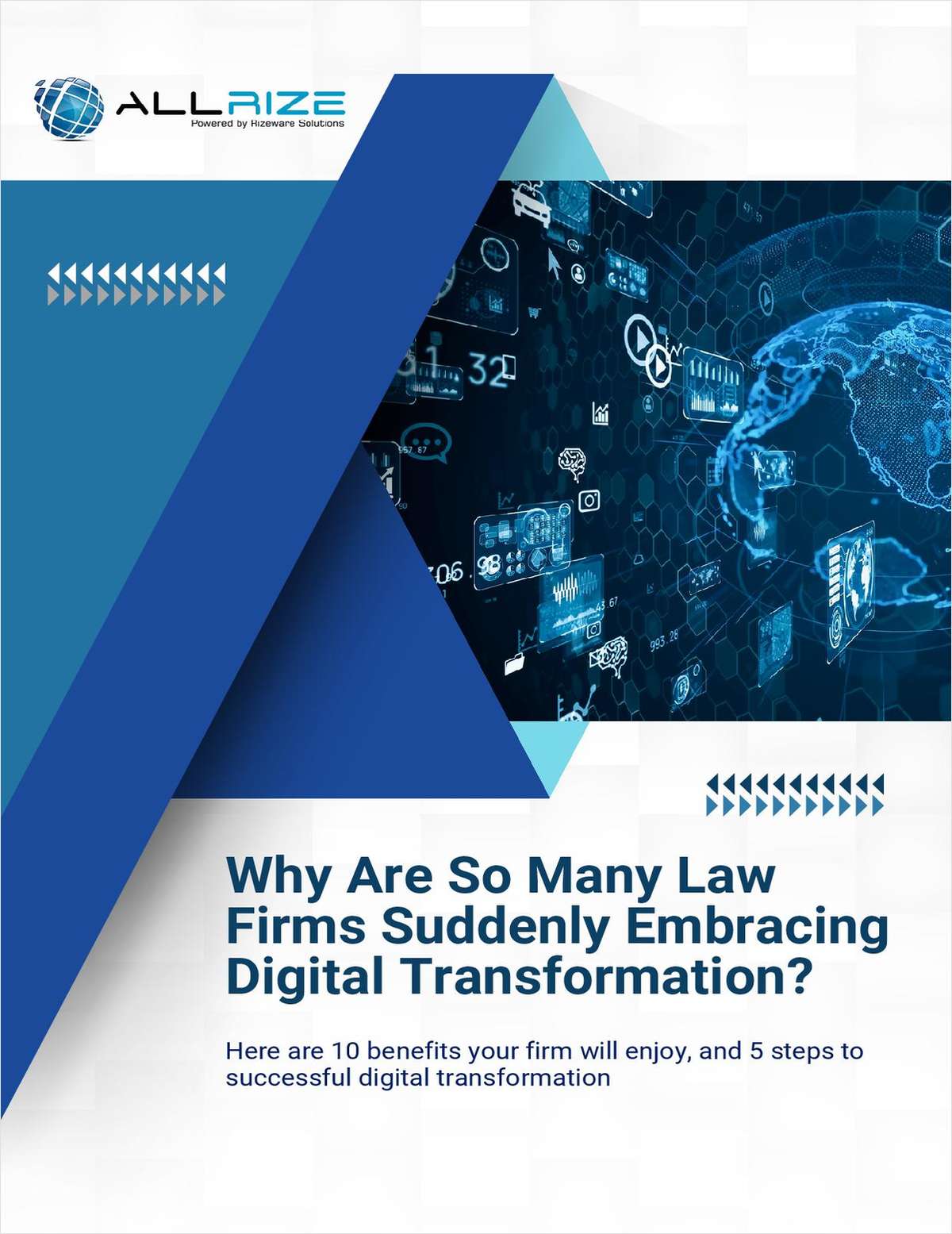Court in Transition: Still Not at Full Strength
In their New York Court of Appeals Roundup, Roy L. Reardon and William T. Russell Jr. provide an update of the status of court vacancies and discuss cases involving recordings of custodial interrogations, the standing requirements for challenges to governmental actions in land use matters and ineffective assistance of counsel.
December 15, 2015 at 03:58 PM
14 minute read
The original version of this story was published on New York Law Journal
In this month's column we first provide an update of the status of the vacancies on the Court of Appeals. We then discuss two criminal cases in which the Court reached opposite conclusions on whether a defendant had been deprived of effective assistance of counsel. We also discuss a criminal case in which the Court found that the failure of the police to electronically record a custodial interrogation does not necessitate an adverse inference instruction against the People. Lastly, we discuss a case in which the Court elaborated on the standing requirements for challenges to governmental actions in land use matters.
Composition of the Court
On Dec. 1, 2015 Governor Andrew Cuomo nominated Judge Janet DiFiore to be the Chief Judge of the New York Court of Appeals. As we noted in last month's column, the Judiciary Law requires the New York State Senate to confirm or deny the appointment no later than 30 days after the nomination. The Court currently has six members by reason of the retirement of Judge Susan Read on Aug. 24, 2015, and that number will be reduced to five on Dec. 31, 2015, upon the retirement of Chief Judge Jonathan Lippman. A slate of nominees for Judge Read's seat has not yet been sent to the governor.
The state constitution requires five judges for a quorum and four judges to reach a decision. The Court has scheduled 20 cases for argument in the January 2016 Term, 11 of which appear to be criminal cases.
Should any of the five-judge quorum recuse himself or herself from any of the January cases prior to the confirmation of the newly nominated chief judge, such cases would lose a quorum and cannot be heard. Moreover, even in the absence of a recusal, any cases argued before a five-judge quorum and decided by a 3-2 decision will also have to be reargued when the Court is back at full strength.
Ineffective Assistance
The Court recently granted leave to appeal in a number of cases in which a defendant sought to overturn his criminal conviction based upon the alleged ineffective assistance of counsel. Two of those cases, People v. Harris and People v. Ambers, are noteworthy in that they involved similar underlying facts but the Court reached opposite conclusions.
NOT FOR REPRINT
© 2024 ALM Global, LLC, All Rights Reserved. Request academic re-use from www.copyright.com. All other uses, submit a request to [email protected]. For more information visit Asset & Logo Licensing.
You Might Like
View All

How Many Legal Jobs Will Be Affected by AI? Law Firms Can't Agree

DLA Piper Names Corporate Lawyer Gerry Williams as Co-US Managing Partner
3 minute read
Trending Stories
- 1The Law Firm Disrupted: Playing the Talent Game to Win
- 2GlaxoSmithKline Settles Most Zantac Lawsuits for $2.2B
- 3BD Settles Thousands of Bard Hernia Mesh Lawsuits
- 4Preparing Your Law Firm for 2025: Smart Ways to Embrace AI & Other Technologies
- 5Inside Track: Late-Career In-House Leaders Offer Words to Live by
Who Got The Work
Nicholas M. DePalma and Christian R. Schreiber of Venable have stepped in to represent CP Management Services, CRS RB4 Holdings and other defendants in a pending breach-of-contract lawsuit. The suit was filed Aug. 30 in Virginia Eastern District Court by Greenberg Traurig on behalf of Daito Kentaku USA. The case, assigned to U.S. District Judge Claude M. Hilton, is 1:24-cv-01538, Daito Kentaku USA, LLC v. Comstock Partners, LC.
Who Got The Work
Wyatt, Tarrant & Combs partner Andrew J. Pulliam has entered an appearance for Steve Jensen in a pending breach-of-contract lawsuit. The action, filed Aug. 30 in Tennessee Middle District Court by the Law Office of Perry A. Craft on behalf of Timothy Robins, accuses the defendant of writing a worthless check for over $94,000 for the sale of auctioned goods. The case, assigned to U.S. District Judge Eli J. Richardson, is 3:24-cv-01064, Robins v. Jensen et al.
Who Got The Work
Lane Powell shareholder Pilar C. French has entered an appearance for Penney OpCo LLC in a pending consumer class action. The complaint, filed Aug. 26 in Oregon District Court by Hattis & Lukacs, alleges that the company markets fictional discounts for certain products. The case, assigned to U.S. Magistrate Judge Mustafa T. Kasubhai, is 6:24-cv-01414, Gamble v. Penney OpCo LLC.
Who Got The Work
Donald L. Carmelite and Coryn D. Hubbert of Marshall Dennehey have stepped in to defend the City of York, Detective Roland Comacho and Detective Lisa Daniels in a pending civil rights lawsuit. The complaint, filed Aug. 27 in Pennsylvania Middle District Court by Levin & Zeiger on behalf of Noel Matos Montalvo, seeks damages for the amount of time that Montalvo was incarcerated over five years for the exonerated killing of his common law wife. The case, assigned to U.S. District Judge Jennifer P. Wilson, is 1:24-cv-01459, Montalvo v. City of York, et al.
Who Got The Work
Joseph M. Englert, Brian E. Pumphrey and M. Laughlin Allen of McGuireWoods have entered appearances for Bank of America NA in a pending class action. The action was filed Aug. 26 in Georgia Northern District Court by Podhurst Orseck; Webb, Klase & Lemond; Crabtree & Auslander; and Morrison + Associates on behalf of the representative of the beneficiaries of the Arthur N. Weinraub Trust, a trust which contains residential real property. The suit accuses the defendant of overcharging the trust by selecting unnecessary and/or excessively priced insurance for the property. The case, assigned to U.S. District Judge Thomas W. Thrash Jr., is 1:24-cv-03780, Weinraub v. Bank of America, N.A.
Featured Firms
Law Offices of Gary Martin Hays & Associates, P.C.
(470) 294-1674
Law Offices of Mark E. Salomone
(857) 444-6468
Smith & Hassler
(713) 739-1250








